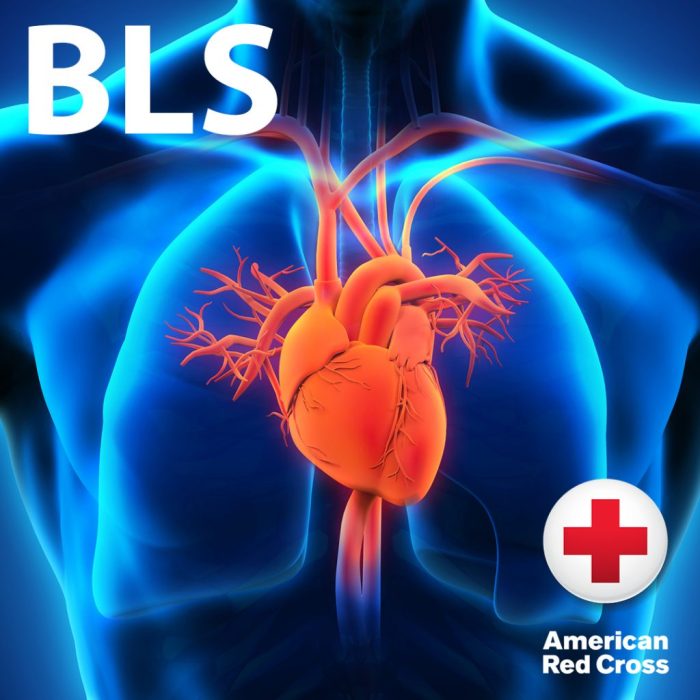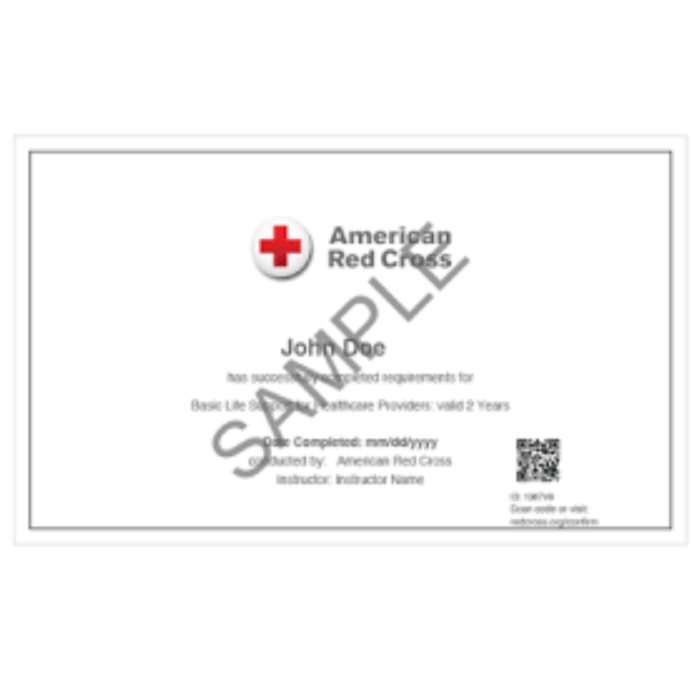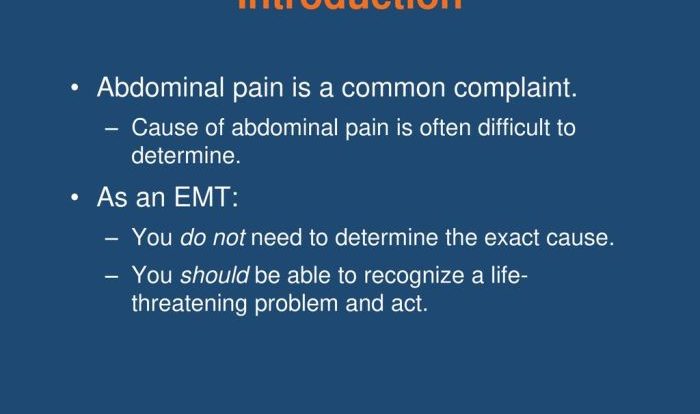American Red Cross BLS test questions are the cornerstone of the Basic Life Support (BLS) certification exam, a critical credential for healthcare professionals and laypeople seeking to provide emergency medical care. This comprehensive guide will delve into the intricacies of the BLS test, equipping candidates with the knowledge and skills to succeed.
The American Red Cross BLS test assesses candidates’ understanding of essential life-saving techniques, including CPR, automated external defibrillation (AED) use, and first aid. By mastering the concepts covered in this exam, individuals can enhance their ability to respond effectively to cardiac and respiratory emergencies, potentially saving lives.
American Red Cross BLS Test Overview

The American Red Cross Basic Life Support (BLS) Test is a comprehensive assessment designed to evaluate an individual’s knowledge and skills in providing emergency medical care. It is widely recognized as the standard for BLS certification in the United States and is essential for individuals seeking employment in healthcare, public safety, or other fields where emergency response is required.
The BLS Test is open to individuals aged 16 or older who have no prior medical training or experience. It is particularly beneficial for:
- Healthcare professionals, such as nurses, paramedics, and emergency medical technicians (EMTs)
- Public safety personnel, such as firefighters and police officers
- School personnel, including teachers, coaches, and administrators
- Individuals working in settings where emergencies may occur, such as offices, factories, and retail stores
The BLS Test consists of a written exam and a skills assessment. The written exam covers topics such as airway management, breathing emergencies, cardiac emergencies, and first aid. The skills assessment evaluates an individual’s ability to perform essential life-saving techniques, such as CPR, defibrillation, and first aid maneuvers.
To pass the BLS Test, individuals must score at least 84% on the written exam and demonstrate proficiency in all skills during the skills assessment. Certification is valid for two years, after which individuals must retake the test to maintain their certification.
BLS Test Content and Skills

The BLS test evaluates candidates’ proficiency in essential life-saving skills and knowledge. It covers both theoretical concepts and practical application, ensuring that candidates possess the necessary competence to provide immediate and effective care in emergency situations.
Core Skills Assessed
The BLS test focuses on assessing the following core skills:
- Cardiopulmonary resuscitation (CPR) for adults, children, and infants
- Use of an automated external defibrillator (AED)
- Relief of choking for adults, children, and infants
- Basic first aid techniques, including wound care, bleeding control, and splinting
Scenario-Based Testing
The BLS test incorporates scenario-based case studies to simulate real-life emergency situations. Candidates are presented with a specific scenario and must demonstrate their ability to assess the situation, perform appropriate interventions, and provide effective care.
Emphasis on Hands-On Skills
The BLS test places significant emphasis on hands-on skills and practical application. Candidates are required to demonstrate proficiency in performing CPR, using an AED, and providing basic first aid. This hands-on component ensures that candidates possess the necessary psychomotor skills to respond effectively in emergency situations.
Test Preparation Resources

Preparing for the American Red Cross BLS test is crucial for successful certification. The organization offers various resources to support candidates in their preparation.
One of the most comprehensive study materials is the official American Red Cross BLS Provider Manual. This manual covers all the essential knowledge and skills required for the exam, including CPR, AED use, and first aid.
Online Resources
- The American Red Cross website provides access to online practice tests, videos, and interactive simulations that help candidates familiarize themselves with the test format and content.
- Mobile apps developed by the American Red Cross offer a convenient way to study on the go, with flashcards, quizzes, and skill demonstrations.
Training Courses and Workshops
Attending training courses or workshops conducted by certified American Red Cross instructors is highly recommended for comprehensive test preparation.
- These courses provide hands-on practice, real-time feedback, and the opportunity to clarify concepts with experienced instructors.
- The American Red Cross offers a variety of course options, including blended learning programs that combine online learning with in-person sessions.
Sample Test Questions
The American Red Cross BLS exam consists of a written test and a skills demonstration. The written test includes a variety of question types, including multiple choice, true/false, and fill-in-the-blank. The questions cover the core skills and knowledge tested in the BLS exam, including:
- Patient assessment
- CPR
- AED use
- First aid
The following table provides a sample of test questions that may appear on the BLS exam:
| Question Type | Question | Correct Answer |
|---|---|---|
| Multiple Choice | What is the first step in assessing a patient? | Check for responsiveness |
| True/False | You should always give two breaths before starting chest compressions. | False |
| Fill-in-the-Blank | The recommended compression rate for CPR is ______ compressions per minute. | 100-120 |
Test-Taking Tips and Strategies: American Red Cross Bls Test Questions
Effective test-taking involves a combination of time management, question-answering strategies, and emotional regulation techniques. This section provides detailed tips to help candidates navigate the American Red Cross BLS test successfully.
Time Management
Time management is crucial for completing the test within the allotted time. Allocate time wisely for each section, ensuring you have sufficient time to answer all questions. Utilize the following strategies:
- Review the test instructions carefully to understand the time limit and number of questions.
- Scan the test to identify the number of questions in each section.
- Estimate the time you will spend on each question based on its difficulty.
- Pace yourself by answering easier questions first to gain confidence and save time for more challenging ones.
- If you get stuck on a question, mark it and move on. Return to it later if time permits.
Question-Answering Strategies
Different types of questions require specific strategies. Consider the following:
- Multiple-choice questions:Read the question and all answer options carefully. Eliminate options that are clearly incorrect and select the best answer from the remaining options.
- True/False questions:Determine if the statement is true or false based on the information provided in the question. If the statement is false, identify the incorrect part and rewrite it correctly.
- Short-answer questions:Provide concise and accurate answers to the questions. Use specific examples or details to support your responses.
Staying Calm and Focused
Maintaining composure under pressure is essential for performing well on the test. Employ these techniques:
- Practice relaxation techniques such as deep breathing or meditation before the test.
- Focus on one question at a time. Avoid getting overwhelmed by the entire test.
- Stay positive and believe in your abilities. A positive attitude can boost your confidence and performance.
- If you start to feel anxious, take a moment to pause and collect your thoughts.
- Remember that it is okay to not know all the answers. Do your best and focus on what you do know.
Benefits of Passing the BLS Test
Earning a Basic Life Support (BLS) certification from the American Red Cross offers numerous advantages for individuals seeking employment or advancement in healthcare and emergency response fields.
Career Opportunities and Advancements
- BLS certification is a prerequisite for many entry-level healthcare positions, including emergency medical technicians (EMTs), paramedics, nurses, and physicians.
- Individuals with BLS certification are eligible for higher-paying positions and promotions within their current healthcare organizations.
Job Security and Earning Potential
BLS certification demonstrates an individual’s commitment to patient care and emergency preparedness. This can lead to increased job security, as employers value employees who are equipped to handle medical emergencies.
Studies have shown that BLS-certified individuals earn higher salaries compared to those without the certification. The increased earning potential is attributed to the expanded job opportunities and responsibilities that come with BLS certification.
Community Safety and Emergency Preparedness, American red cross bls test questions
BLS certification plays a vital role in community safety and emergency preparedness. Individuals with BLS skills can provide immediate medical assistance during emergencies, reducing the risk of serious injury or death.
BLS certification also promotes public health by empowering individuals to recognize and respond to medical emergencies in their communities. This contributes to a safer and healthier society.
FAQ
What is the eligibility criteria for the American Red Cross BLS test?
The BLS test is open to individuals who are at least 16 years of age and have a valid photo ID.
How long is the BLS test?
The BLS test consists of a written exam and a skills demonstration. The written exam typically takes about 30 minutes to complete, while the skills demonstration takes about 20 minutes.
What is the passing score for the BLS test?
To pass the BLS test, candidates must score at least 84% on the written exam and demonstrate proficiency in all of the required skills.
